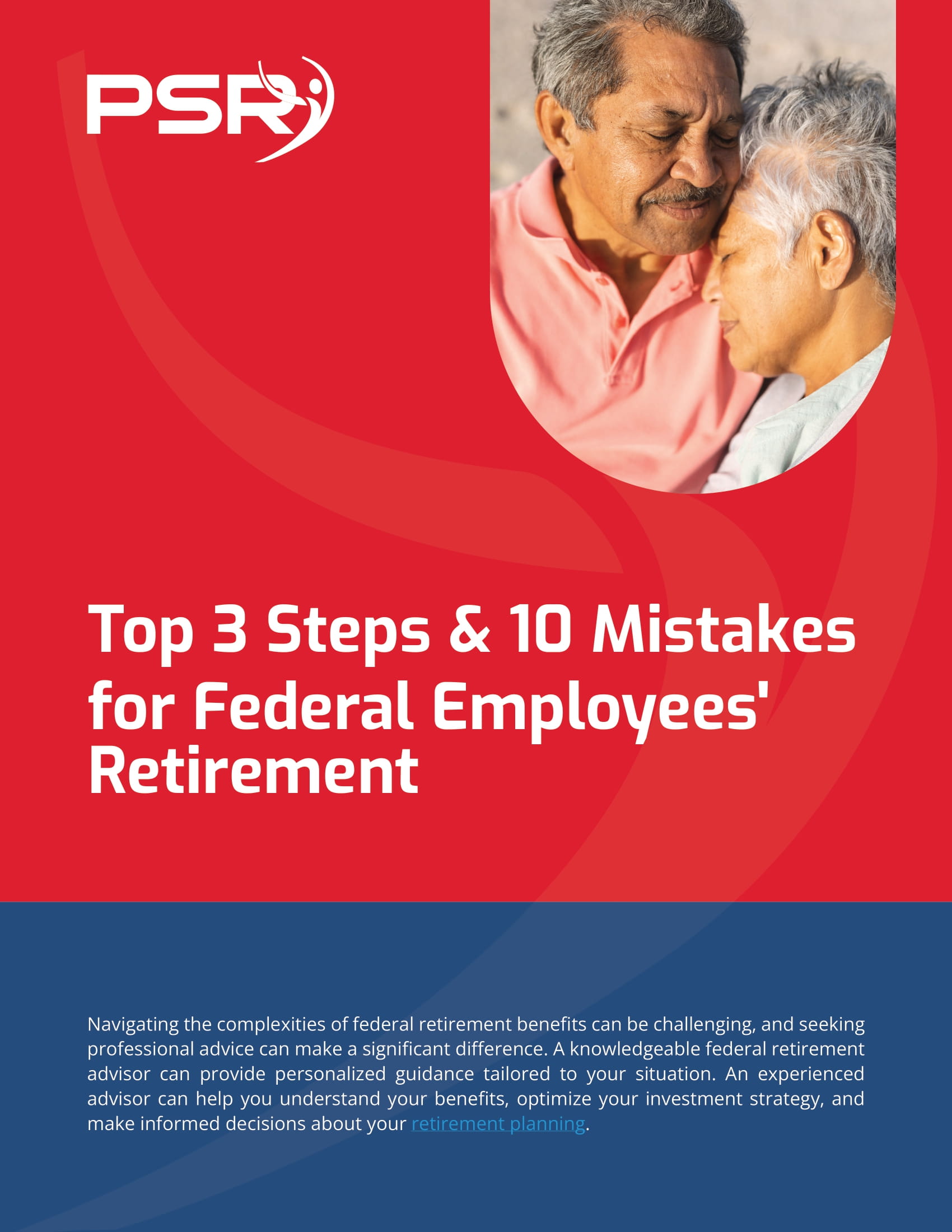Some government workers appear to assume there’s a time for retirement. You should and can start getting ready to retire well ahead of it.
We’ll keep this simple. Whenever you can retire willingly, look into how payments are determined and how inflationary adjustments operate. Since 9/10 of people are under the FERS, it makes sense to begin there.
First, we study retirement on an immediate annuity under early or standard retirement criteria, then at scenarios where payments wouldn’t start soon. Next, we will examine the more intricate components of retirement service time, and credits for active military participation, before finishing with survivor payments.
It’s great if you’re acquainted with this fact. The moment to learn is now.
FERS Eligibility for Retirement
Years of reputable service and age determine eligibility for an instant unreduced annuity. FERS permutations include:
- Also Read: Federal Retirement Advice You Didn’t Know You Needed—Until Now
- Also Read: The Latest Federal Employee News You Need to Know to Protect Your Retirement
- Also Read: Ready for Retirement? Here’s How Law Enforcement Officers Can Leave the Job with Benefits Intact
• Age 60 with 20 years of service
• At your MRA with 30 years of service
The MRA is between 55 to 57 years, depending on your birth year.
| Years | MRA |
| Before 1948 | 55 |
| 1948 | 55 and two months |
| 1949 | 55 and four months |
| 1950 | 55 and six months |
| 1951 | 55 and eight months |
| 1952 | 55 and ten months |
| 1953-1964 | 56 |
| 1965 | 56 and two months |
| 1966 | 56 and four months |
| 1967 | 56 and six months |
| 1968 | 56 and eight months |
| 1969 | 56 and ten months |
| 1970 and beyond | 57 |
Retirement at MRAs is possible with a minimum of 10 but less than 35 years of service. Still, annuities will be lowered by 5% per year if you’re under age 62. Postponing annuities might eliminate or decrease the penalty. Quitting the government and opting for the private market stands to reason.
It is possible to retire on instant unreduced annuities at 50 with 20 years of service or at any time with 25 years of service if your organization is undertaking a function transfer, reorganization, or reduction-in-force.
FERS Standard Retirement Formula
The annuity formula is straightforward:
0.01 × with your top 3 consecutive years of base payment (“high-3”) × creditable service years, with whole months past the final year awarded proportionally.
For individuals aged 62 with 20 years of service, the calculation is:
0.01 multiplied by “high-3” multiplied by creditable service years, with whole months beyond the final year credited proportionally.
Excess time won’t be counted in the service years until you’re ready for retirement.
The high-3 is the mean of your top 3 base pay years, balanced by the duration of service. This 3-year span begins and concludes on high-paying days. You’ll earn the most in the 36 months (78 pay times) before retirement if you are a government worker.
FERS Retirement Calculation Special Categorization
Law enforcement agents and firefighters have distinct regulations from other government workers. You could retire:
• At age 50 with 20 years of covered service
• At any particular age with 25 service years
An upgraded formula to calculate the annuity: 20 years × high-3 × 0.17 + 0.01 × any extra years and full-service months.
FERS Special Retirement Supplement (SRS)
The SRS is a supplement to your Social Security income while working for FERS. It’ll stay the same until you reach the age of 62, when you’d be qualified for a typical Social Security income. You have the option of applying for Social Security benefits during this period. Please note that your SRS would be lowered or terminated if you earn more than the Social Security limit.
NB: If your retirement is due before attaining your MRA as an employee in a particular class, you will not be subjected to Social Security payment restrictions until you meet your MRA. To put it differently, you have unlimited earning potential throughout that period.
Cost-of-Living Adjustments (COLAs)
Cost-of-living adjustments (COLAs) are distributed to:
• Retirees who are 62 years old or beyond;
• Officials of the law, air traffic controllers, and firefighters;
• Retirees with disabilities;
• Military reserve specialists over age 50 with 25 years of service and discharged from the military for health concerns;
• Special CIA personnel.
Cost-of-living adjustments (COLAs) are provided for people retiring from required retirement jobs, such as police officers, firefighters, and air traffic controllers. Regardless of whether the individual stayed at the job up to the necessary age of retirement or retired before.
If you retired before turning 62, your annuity would be enhanced by the entire FERS cost-of-living adjustments (COLAs) remitted in the following year’s January, irrespective of the month you reach 62.
Cost-of-living adjustments (COLAs) for CSRS and FERS aren’t often identical. The latter will be similar to the amount paid to CSRS pensioners if the yearly rate rises by less than 2%. It’ll grow by not over 2% if it rises by 2-3%. And if it increases by 3% or above, it’ll be equivalent to the CSRS rise minus 1%.
Contact Information:
Email: [email protected]
Phone: 2129517376
Bio:
M. Dutton and Associates is a full-service financial firm. We have been in business for over 30 years serving our community. Through comprehensive objective driven planning, we provide you with the research, analysis, and available options needed to guide you in implementing a sound plan for your retirement. We are committed to helping you achieve your goals. Visit us at MarvinDutton.com . Tel. 212-951-7376: email: [email protected].












